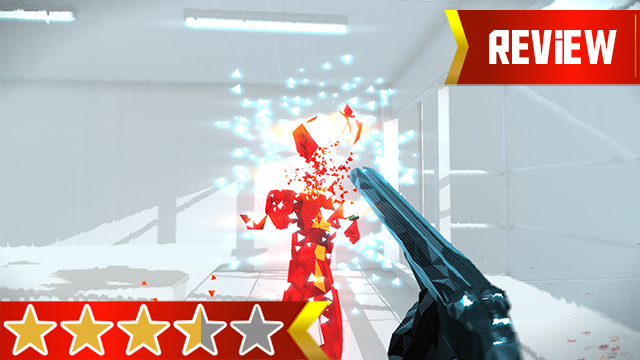Superhot directly told people it was one of the most innovative shooters of all time, but it was right. Tying the movement of time to physical movement intelligently blended strategy and action and made every level unfold like a YouTube compilation of John Wick’s most impressive scenes. Superhot: Mind Control Delete is the follow-up expansion that notably expands upon the…
-
Utterly bizarre narrative that continually messes with you.
-
Excellent time-manipulation shooting has been cleverly expanded upon.
-
Roguelike nature and new powers allow for more replayability.
-
The campaign wears out its welcome and is multiple times longer than its predecessors.
-
Having to survive over a dozen levels in a row is a tedious form of challenge.
-
Free for those on PC, PS4, and Xbox One who bought Superhot before MCD's release.











